Before jumping into whether a greenhouse is good or bad, let us find out what it is. Greenhouses are buildings that are used as shields to commercial crops against bad weather and dangerous conditions.
They help plants grow inside as the walls are made of glass or plastic, allowing light to enter the structure. People use greenhouses because it traps heat from the sun inside the building, and it does not allow it to escape outside, which allows the growing period of plants to be extended for a longer time.
The use of glass for agriculture is going on since the time glass was discovered. Gardeners can sow the seeds for premium flowers much earlier than the flower’s market season and earn their livelihood.
It is beneficial to those who could not otherwise grow some plants in their area due to different climate conditions than the one needed for the plant. It allows a business to be conducted by increasing the time and scope of work.
The greenhouses used for business are generally more significant compared to the greenhouse used for personal gardening. A great example of greenhouses is the Westland in Class City in the Netherlands. Westlands is a collection of many greenhouses and is a big part of the horticulture of the Netherland.
The greenhouses located here are top class, and people from all over the world come to see the leading technology that is used in these greenhouses.
Working in such large greenhouses requires knowledge about horticulture and training in technology. Here is an image of how the Westland Greenhouses look.
One factor to consider the impact on the environment is the size of the structure. The bigger it is, the more material it requires to be built. The next factor to look at greenhouse’s impact on the environment is to see how it functions.
As mentioned, greenhouses trap heat to help the growth of the plants. Some greenhouses do this by using artificial heat than the heat from the sun. Some businesses use commercial greenhouses that trap heat from artificial heaters to cultivate large quantities of plants and increase efficiency.
The energy that is used contributes to a large portion of the population caused by greenhouses in general.
Personal Greenhouses
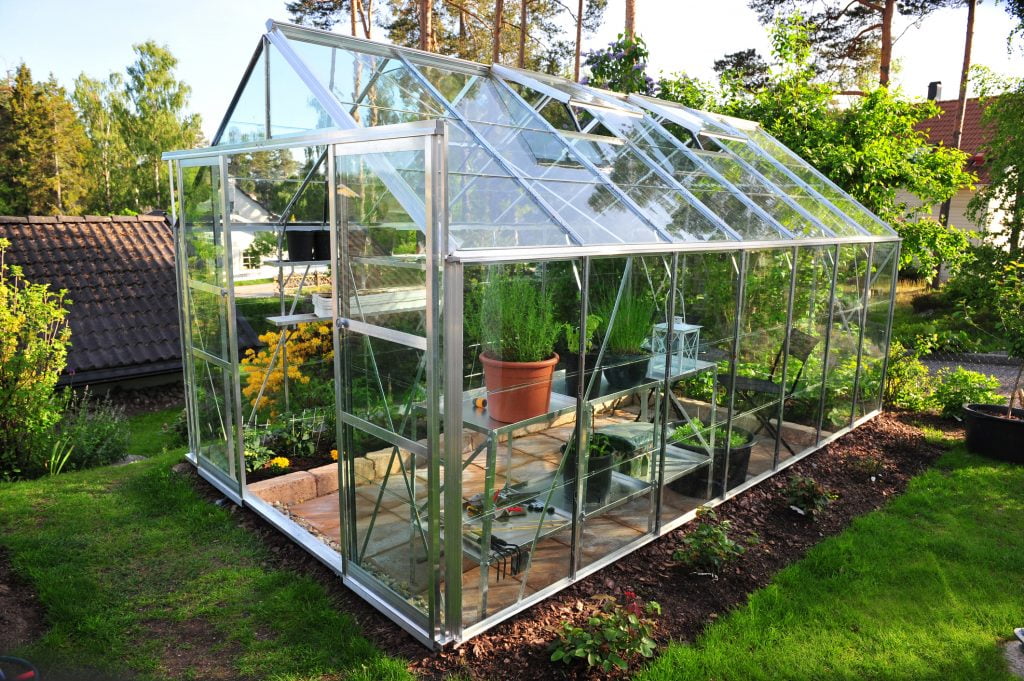
The personal gardening greenhouses cover a small area of a few square feet and grow cucumbers and tomatoes. These plants are grown without any harmful chemicals, and as it is for personal use, there is no cost of packaging or transportation, which leaves only the greenhouse cost.
It can be noted personal greenhouses do not pollute through fertilizers. To determine ways it might not be suitable for the environment, we can start by looking at how it is made. The construction of a greenhouse is easy to understand.
The glass for the structure requires some energy, but this energy is entirely recyclable. The structure’s frame is usually made with aluminum, which requires a lot of energy to be manufactured. Much of the world’s aluminum production energy that is required is supplied by hydro-electric plants and not fossil fuels. Another material that can be used for the frame is timber.
Timber is easy to grow and has enough strength to carry the weight of the greenhouse. We can now see that the structure’s aluminum part hurts the environment if the material covering it is glass. Still, as we all know, plastic is highly hazardous to the environment.
The production of plastic is harmful, but it is hazardous to dispose of it upon the damage.
Personal greenhouses used for small-scale gardening do not use artificial heaters, so if you have one currently in use, do not worry, you are not causing any pollution through greenhouses. However, if you are going to invest in getting a greenhouse, it is wise to think if you need one.
Poly-Tunnel Greenhouse
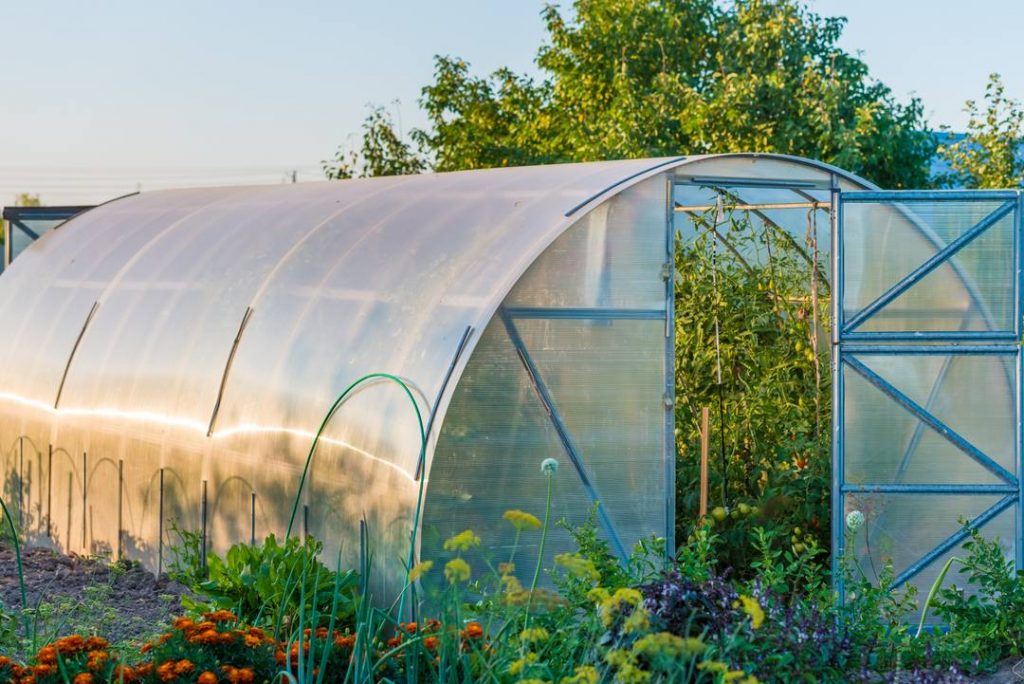
The greenhouse size also makes a lot of difference in determining if it is good. Compared to the small personal use greenhouse, the poly-tunnel greenhouse is more giant. Along with all the personal greenhouse benefits, it also offers a straightforward, cost-effective package to the owner.
They are also made of entirely recyclable materials. It is merely a structure made of steel hoops and rods with a polythene cover over it. It is used to extend the growing seasons of small crops and prevent any natural hazard to them.
They are very similar to the personal greenhouse, and thus its impact on the environment is the same.
Commercial Glass House Greenhouse
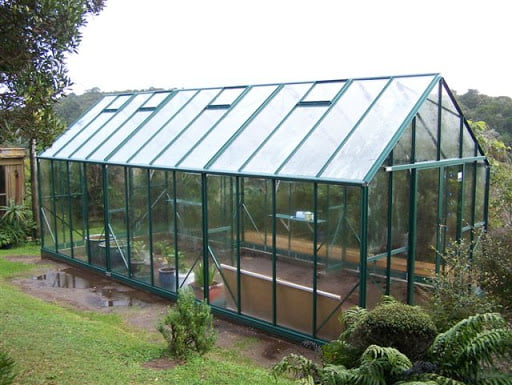
Next in size to the Poly-Tunnel is the Commercial Glass House. These are large structures that are meant for the growth of food crops and high-value crops. These installations use a lot of material, and the production can be harmful.
For example, if the whole structure is covered using plastic, then the amount of waste generated while disposing of it is very terrible for the surroundings. Even the production of aluminum can be very harmful if produced on that scale using fossil fuels.
The conditions for growth are controllable, unlike the other mentioned greenhouses. Heating and ventilation can be monitored as well. As the conditions can be controlled, they do have an environmental impact.
The most extensive type and the sized greenhouse is the Industrial Hot Houses. These are huge and are the most significant type of greenhouses. They provide ideal growing conditions throughout the year, allowing cultivation to happen with factory precision and reliability.
Crops like tomatoes that are often called annuals by gardeners can be grown as perennials in tropics by mimicking the greenhouses’ fruiting conditions. In these structures, the temperature and internal atmosphere are monitored by computers and use artificial lighting to help in the growth.
Carbon dioxide is supplied artificially to meet carbon needs. These are a few reasons why such cultivation is called Factory Farming. As one can infer by all the functions mentioned above, these installations require a substantial initial investment and enormous negative environmental impact.
Though these are very harmful in theory, many are located near power generation plants and utilize waste heat to meet their large heating requirements. This reduces a significant part of the environmental impact and is a cost-effective method of producing food on a large scale for the world’s growing need.
Conclusion
It can be noted that from the smallest greenhouse to the largest greenhouse installations, all can produce high-quality crops that cannot have been produced as efficiently on open land. Greenhouses are also a great way to maximizing free solar energy that comes into the world.
It also prevents the energy costs incurred in the transportation of crops that could otherwise be grown in the home country. It is also a fair use of the land available to maximize the crops cultivated by preventing damage.
Greenhouses’ impact on the environment ranges from zero to mass producers of energy waste and carbon dioxide. The biggest concern regarding greenhouses is the manufacturing of carbon dioxide. When the number of greenhouse gases in anyways at dangerous levels, it is toxic to release more into the world.
Instead of manufacturing the gases and adding them into the system, it will be more beneficial to utilize the gases in the surroundings and employ sophisticated atmospheric carbon captures. Though many of them use recycled energy and try to minimize waste, it cannot be said that they are environment friendly.
They are necessary, but one can always think of more environment-friendly methods used in these structures to minimize the impact.

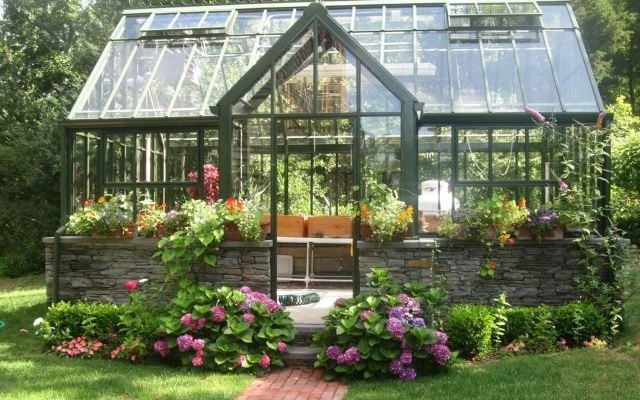

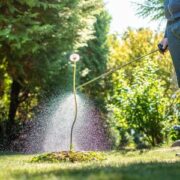
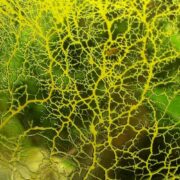
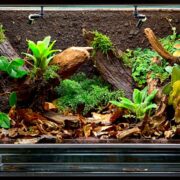

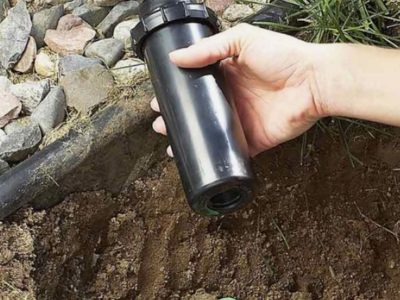
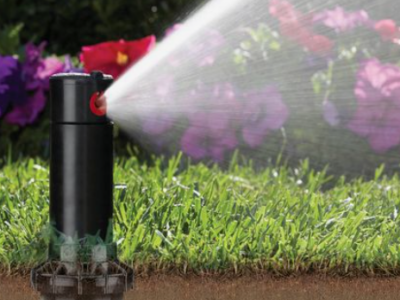
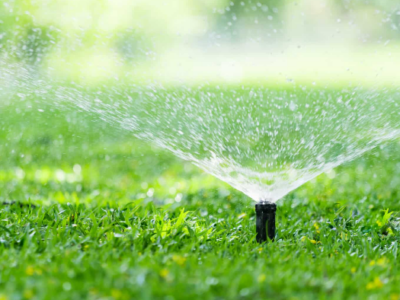

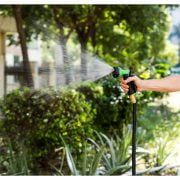

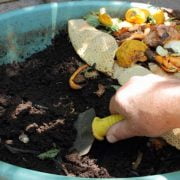
Comments